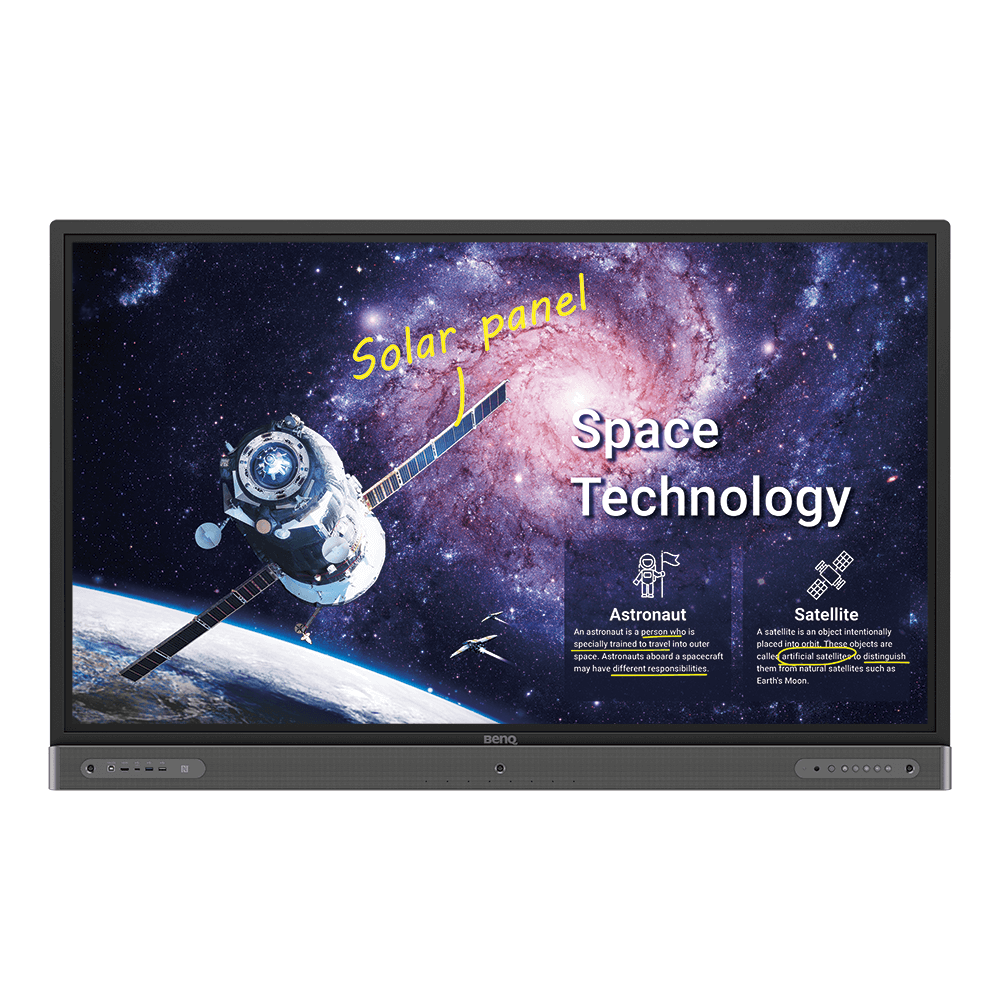How to Address Pandemic-Derived Learning Loss?
- BenQ
- 2021-07-16
The global COVID-19 pandemic had many unfortunate effects on society, with learning loss for students of all ages among them. School closures and reduced educational intake due to “make do” remote or hybrid learning have all had a massive impact on education. Many students fell behind, and as we head into the 2021-2022 school year, it’s important to take heart and remember measures exist to help educators and students overcome or at least mitigate learning loss.
Official data from UNESCO states that over 1.6 billion students globally were affected in some way by COVID-related school closures. In the US, more than half of all K-12 students may have suffered learning loss because of the pandemic, McKinsey report. The impact of COVID-19 on education can’t be overstated, and has long lasting repercussions that could prove multi-generational in scale. This calls for a concerted effort to try and correct the learning shortfall caused by the pandemic.
What Is Learning Loss?
Several widely-accepted definitions of learning loss exist, and all share similar themes. Education is a process measured historically. When the process suddenly stops or slows down, and students don’t obtain new knowledge or skills at the same rate as before, researchers determine that learning loss has occurred. Likewise, if there’s a measurable decline in student knowledge, skills, and proficiencies compared to previous performance, then it’s evident learning loss has taken place.
In other words, learning loss primarily means a reduction in the pace with which students progress through curricula in comparison to years past. This decline in student progress is evaluated and demonstrated by the application of standardized testing.

Learning loss tends to affect younger students more, presumably because older learners cope with changes in daily life better and can access more resources on their own. Pre-school and elementary-level learners likely need the most attention in the wake of COVID-19. Similarly, learning loss exacerbates existing issues like the digital divide between students of different backgrounds and family financial resources. Learning loss causes students from poorer families to fall even further behind, as it does for any student that’s already struggling even during the most normal of times.
What Tools Can You Use?
Do it yourself arts and crafts activities work very well, as do fun group activities like the Marshmallow Challenge, which is well-received across all age groups. Treasure hunts, trivia challenges, group storytelling and many other ideas all have one thing in common. They engage groups. That provides a fun incentive to work together, and as everyone participates, teachers get to pay close attention and notice students that need extra care and coaching. Togetherness, of course, also addresses wants in social skills and emotional strength.
The gamification of learning comes into its own here. Learning loss is best addressed with methods that are more fun than purely academic. Interactive displays offer an excellent platform for digital games and group activities in the class (Check 10 best classroom games on Interactive Display).
We also recommended the Kahoot! platform before, and for good reason as it’s excellent for team work. Kahoot! offers a wealth of fun educational activities in team mode for every age group, with no need for students to use their own devices. That reduces the effects of digital divide disparities and means no one’s left behind as the group works together towards shared objectives. See how to play Kahoot! on BenQ Interactive Display.

Looking to the Future and Available Resources
Learning loss, as we mentioned before, should not be taken lightly. Left unattended, it can have lingering harmful effects on young people that will curtail their intellectual and social development for years to come, eventually amplifying effects to the point of becoming cross-generational.
The key is to not simply go back to the old routine as if nothing happened, because something important did happen and it affected students and teachers to a great degree. Even if the baseline is simply recognizing learning loss due to the pandemic and talking about it openly with students, that’s already a good start.
And don’t forget, ESSER funding can provide for resources to help you overcome COVID-induced learning loss. Your school can pay for summer sessions or obtain newer and better tools for diversifying your methods of teaching and helping you add more interactivity to proceedings. You’re not alone in the struggle to come back from the pandemic.
Find out what is the best way to allocate your ESSER funds under CARES, CRRSA, and American Rescue Plan Acts and meet the targets with a single purchase








